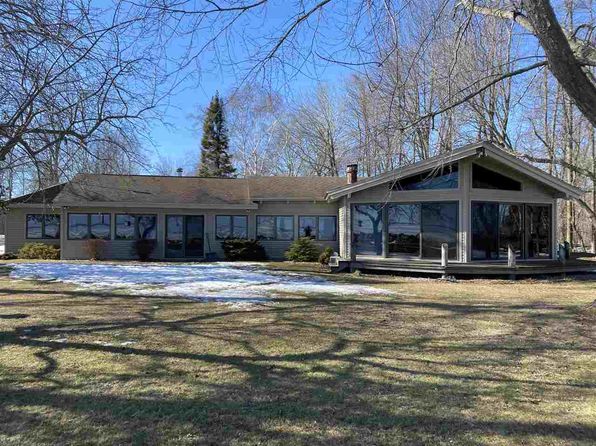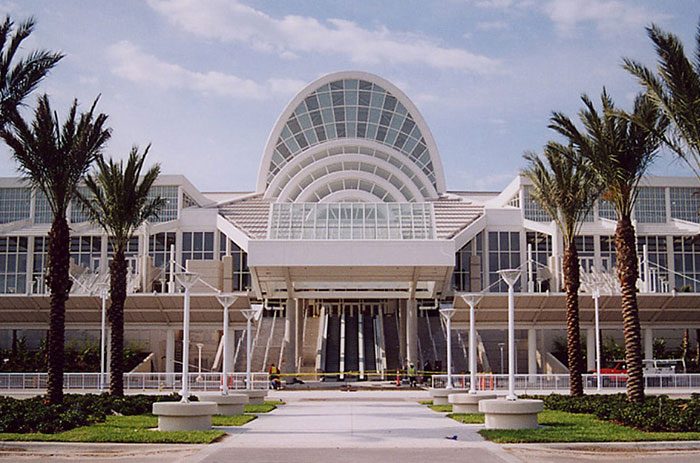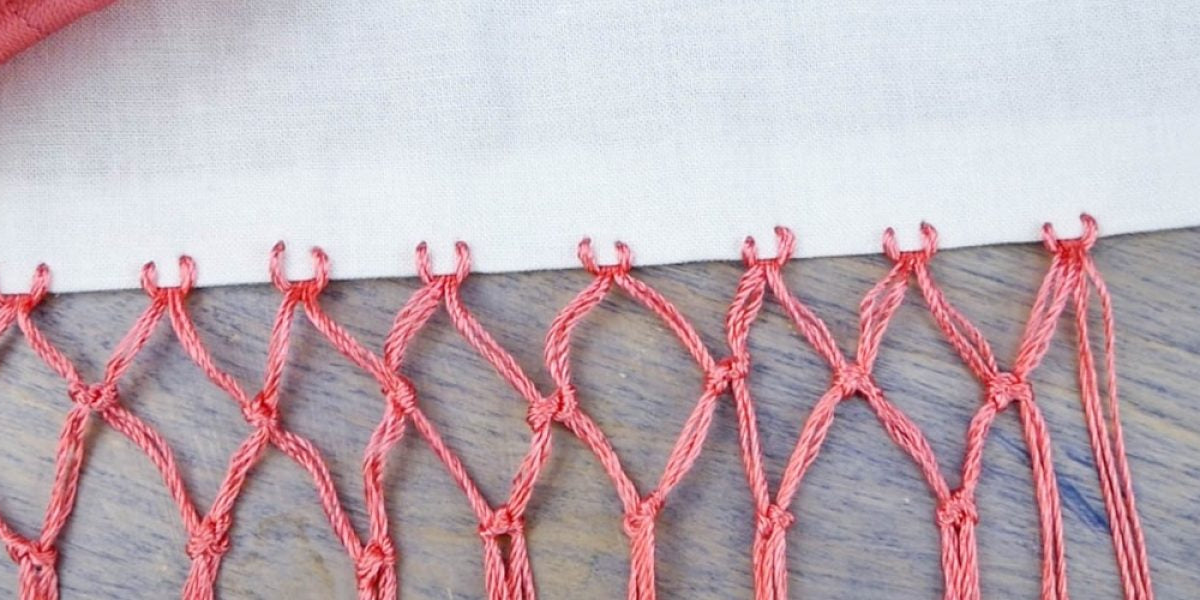Table of Content
You generally need more than 20% equity already built up in your home before meeting most cash-out refinance requirements. Yes, a cash-out refi is a good idea when you meet a few basic criteria. Paying off federal student loans with home equity, for example, may not be the best strategy because you’d lose the repayment flexibility built into student loans. “A cash-out refinance loan can be a great idea if you qualify for and can get a lower interest rate on the new loan versus the old loan,” Saadeh says.
Like other loan closing processes, the standard timeframe is days. With recent increases in home values across most of the country, many homeowners are sitting on a lot of home equity. But what if you want to access some of that money to make home improvements or pay off high-interest debt? It’s possible to withdraw cash from your home equity if you qualify for a cash-out refinance loan.
Rates
You cannot receive any cash from the loan proceeds or use it to pay any other loans. Like the FHA, lenders have the same type of “no cost” refinances. FHA streamline refinancing can even occur if you have negative equity. That means your LTV is above 100%, or you’re what would traditionally be called “underwater” on your home.
This penalty is charged by your lender for breaking your mortgage contract early, and is based on your original contract date, current mortgage balance, mortgage rate and other factors. Cash-out refinance closing costs range between 2-6% of the total loan amount and are deducted from your “cash-out” at closing. Cash-out closing costs are typically higher than other refinance options because rates are higher and many borrowers opt to buy down their rate with mortgage points. Your specific cash-out refinance closing costs are based on the size of your loan, length of term and credit score.
How a no-closing-cost refinance works
The remainder of the loan amount — $30,000 — is the sum you’re cashing out. There are no rules about how you can or can’t use the funds from a cash-out refinance. Real estate is land, or a parcel of land, either vacant (un-improved) or improved with structures such as a house, apartment building, commercial building, etc.

Federal regulations dictate how lenders and appraisers must behave throughout the appraisal process. If you’re thinking about refinancing, you should understand the appraisal’s essential role in the process and how you can prepare your home, which is key to achieving a successful refinance. Offers the ability to access home equity at a later date, if the funds are not required in the short term. If desired, the mortgage can be paid back quickly using the mortgage pre payment privilege. For example, the funds used to invest in a rental property, stock, or bond, second mortgage investment or other income-producing investment are likely tax-deductible.
How Do I Prepare for a Refinance Appraisal?
The VA says your interest rate may rise if you’re refinancing an existing VA ARM to a fixed rate loan. One significant benefit of refinancing with a home equity loan is the difference in cash paid at closing. Traditional refinancing can require thousands of dollars at closing. With a home equity loan, like atDiscover Home Loans, there is no cash due at closing.
Just remember not to skip the first step of the cash-out refinancing closing process. But, since the homeowner must leave 20% of the home’s equity untouched, the maximum amount this borrower could withdraw is $70,000. For a conventional cash-out refinance, you can take out a new loan for up to 80% of the value of your home. In the example above, the new loan first has to be used to pay off the existing mortgage.
What is refinancing?
SourcesConsumerAffairs writers primarily rely on government data, industry experts and original research from other reputable publications to inform their work. Freddie Mac, “Understanding the costs of refinancing.” Accessed January 19, 2022. Once you build up equity in your home, you can convert that equity into cash by getting a cash-out refinance. You can then use this cash for emergencies, home improvements or other major purchases.
Discover offers cash-out refinance loans at low fixed rates for loan amounts ranging from $35,000 to $300,000. You could also get a home equity loan if you’d like to keep your existing mortgage. And, even when mortgage rates rise, cash-out refinancing is often still cheaper than other forms of borrowing like credit cards and personal loans. If your current mortgage boasts a low interest rate that you’re happy with, and if you only need a relatively small amount of cash, a home equity loan may be a better option than a cash-out refinance.
When you consider refinancing your mortgage, a lot will hinge on the appraisal. If your home’s value is so low that you’re underwater, then you can’t refinance. If your appraisal value puts your home equity at less than 20%, then you’ll get stuck paying for private mortgage insurance or having to bring some cash to the table to do a cash-in refinance. What’s more, you might not get the lowest interest rate available, as lenders consider borrowers with less equity to be riskier.
The bigger the difference between your base rate and your APR, the more you’ll pay in closing costs when you finalize your refinance. Just be sure that you’re comparing apples to apples regarding the type of loan you’re considering when looking at APR. Refinancing typically resets the length of your mortgage to 15 or 30 years. Your current principal balance stretches across the additional payments, reducing your monthly cost.
Divide the breakeven timeframe by 12 to calculate the number of years you need to make payments on the loan before realizing any savings from the refinance. If you plan to sell before the breakeven point, it is probably not financially worth it to refinance. A cash-out refinance follows roughly the same process as traditional refinancing. You’ll work with a bank, lender or mortgage broker to identify the best rate and terms.































